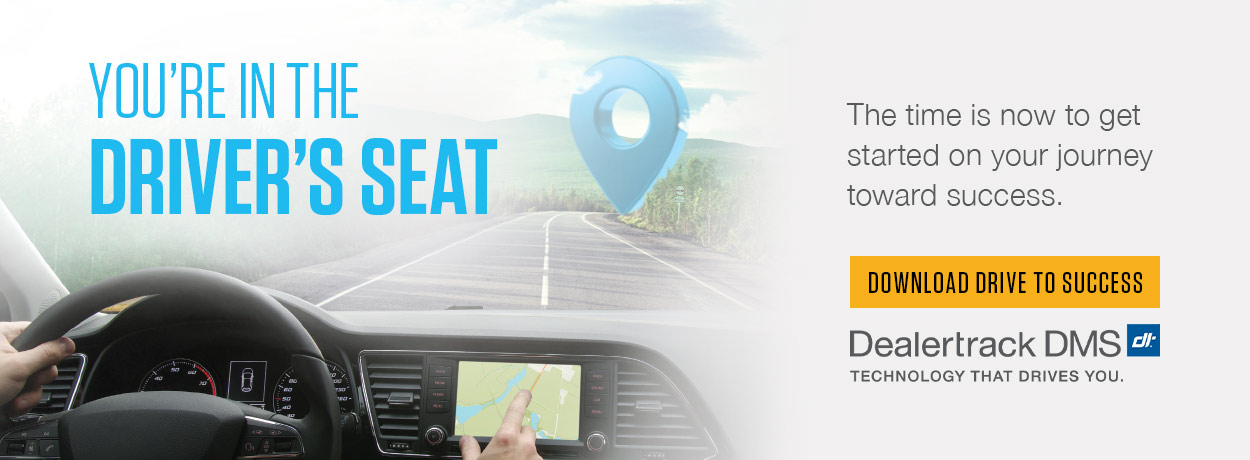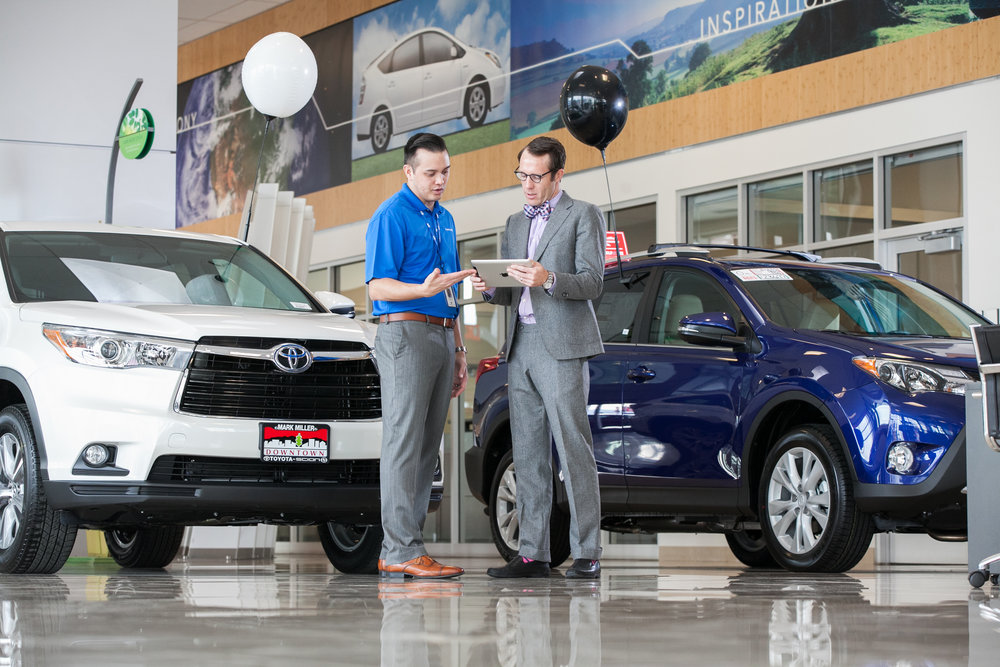When it comes to switching from paper contracts to eContracting or digital contracting, some dealerships have a hard time letting go of the workflows that they are used to. Even when they realize that their paper contract workflow is full of disruptions, inconveniences and expenses, it takes a mindset change to make the switch.
Let’s take a look at some of the ways a digital contracting workflow improves upon the paper process.
A place for everything and everything in its place
With paper contracting, you have piles of paperwork that must be printed as multiple copies and kept organized in paper deal jackets.
Digital Contracting on Dealertrack uniFI is designed to integrate with your DMS to minimize data reentry that can lead to errors. It makes the contracting process more efficient by placing all documents in a single electronic deal jacket.
Need to add the customer’s drivers license? Just snap a photo on a mobile device and upload it to the deal jacket. Is the customer purchasing F&I products? Those contracts are in the deal jacket as well. Not sure what documents the lender requires? There’s a live funding checklist to make sure they’re all there before you submit.
Let’s not do this again
How often does your dealership end up re-contracting due to a missed signature or a calculation error? There are manual ways to make sure your contracts are complete and accurate before you submit them – we’ve heard of a dealership that had three different managers review each deal package. But that’s a time-consuming and expensive method to ensure that the contract is correct and ready to be sent to the lender.
With digital contracting, a real-time error display alerts you to any mistakes as you enter data. A verification step ensures that everything is signed before you submit the full package to the lender. No need to have your managers take up valuable time checking and double-checking, which makes them more available for customers.
Fast-forward to the good part
Test drives: fun. Taking delivery of a new car: exciting! Signing paperwork: heavy sigh.
So many steps of buying a car are legitimately positive for customers. However, when a car buyer is faced with a seemingly endless series of papers to sign, it can leave them frustrated and less than excited about their purchase.
But digital contracting smooths out the contracting stage and makes it feel like less of a chore for your customers. Contract review and digital signing can be done on whichever device works best for your process, either in-store or remotely. And sign-and-tap functionality to auto-fill signature fields leads to a faster signing process and helps ensure that you never miss a signature. That gets your customers to the best part of the purchase that much more quickly and helps maintain those positive CSI scores.












